Margaret Forsyth, the kind of netballer others tried and failed to beat with tricks, will be remembered as one of the greatest goal attacks in the game, even though her playing days were cut short.
Silver Fern #66, Forsyth played 64 tests for her country, starting aged 17, but her nine-year international career was ended prematurely by painful knee problems.
Some of those who played with and against Forsyth, who died this week after a short illness aged 59, say they’ve never seen the likes of her on a court since.
Defenders like Tracey Fear, who played alongside Forsyth for the Verdettes club, Waikato and the Silver Ferns.
“She was the hardest player I ever played against. Even though I played with her for so many years, I still couldn’t work her out,” Fear says.
“And she would do it all with such bloody grace. I was in awe of her – even when she was doing it against you and made a dick out of you.”
But Forsyth was loved and respected for more than just her exceptional netball talent. She was a woman who gave back – as a successful coach, role model and mentor; a teacher, police officer and a city councillor. She was a wonderful mother to her three sons, and a new grandmother.
Fear will also remember Forsyth for her commitment, her relentless competitiveness, and her humour in even the tensest of times. And she’ll remember her friend as one of the fiercest, yet most graceful, netballers to ever come out of New Zealand.
“Marg is still the best goal attack I have ever seen. The edge she had over others was she was so clever and deceptive, a magician with the ball,” she says.
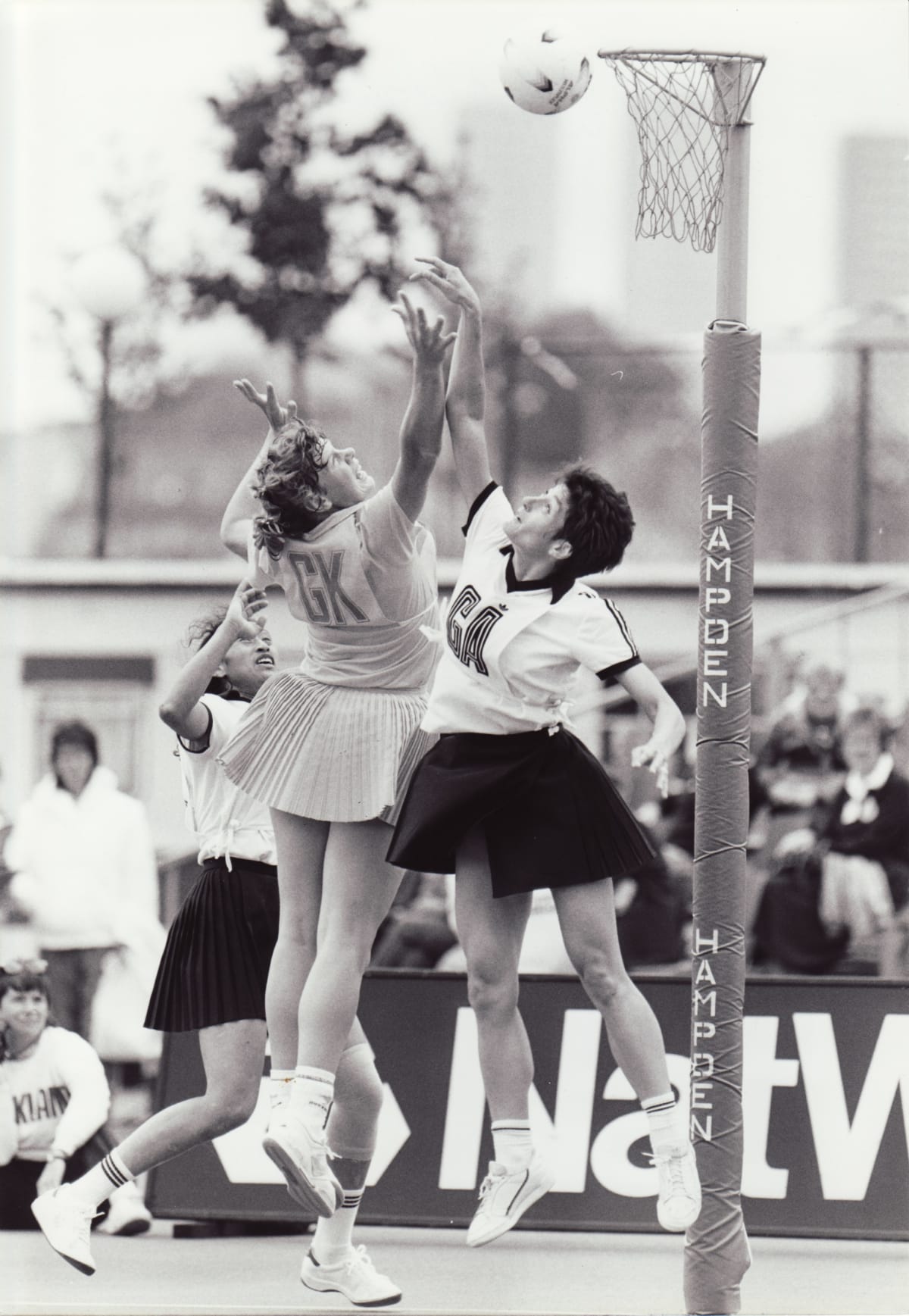
Through much of the 1980s – a stellar era for New Zealand in world netball under the coaching of Dame Lois Muir – the Silver Ferns’ formidable shooting duo of Forsyth and Margharet Matenga were simply known as The Two Margs. “Their relationship was special – intuitive, telepathic and connected,” says Fear. “They were so tricky to defend – I don’t think I’ve seen a combination like it since.”
Matenga is flying to New Zealand from her home in the Cook Islands for Forsyth’s funeral on Saturday.
World champion defender Julie Coney would practise for hours trying to manoeuvre around a chair in the hopes she’d one day be able to master shutting down Forsyth.
“I spent my netball career trying to get around her hold. Her stance was so difficult to get around,” says Coney, who was the goal defence at College Rifles and Auckland.
“She was very determined, stoic and serious on court. I can still see her in the air – she had such a distinctive jump with a very straight back.”
Despite their rivalry, Coney also counted Forsyth as one of her closest friends. They’d go on skiing holidays together and cross the Tasman to watch the Australian Open. It was a friendship forged from the moment Coney (then Townsend) first made the Silver Ferns in 1985.
“Marg was a senior player in the squad then, but she never set herself apart from the others in the team, especially if you were new. She was inclusive and friendly, and involved you in everything. She was a great team person,” Coney says.
“Even though she was younger than me, she took me under her wing.”
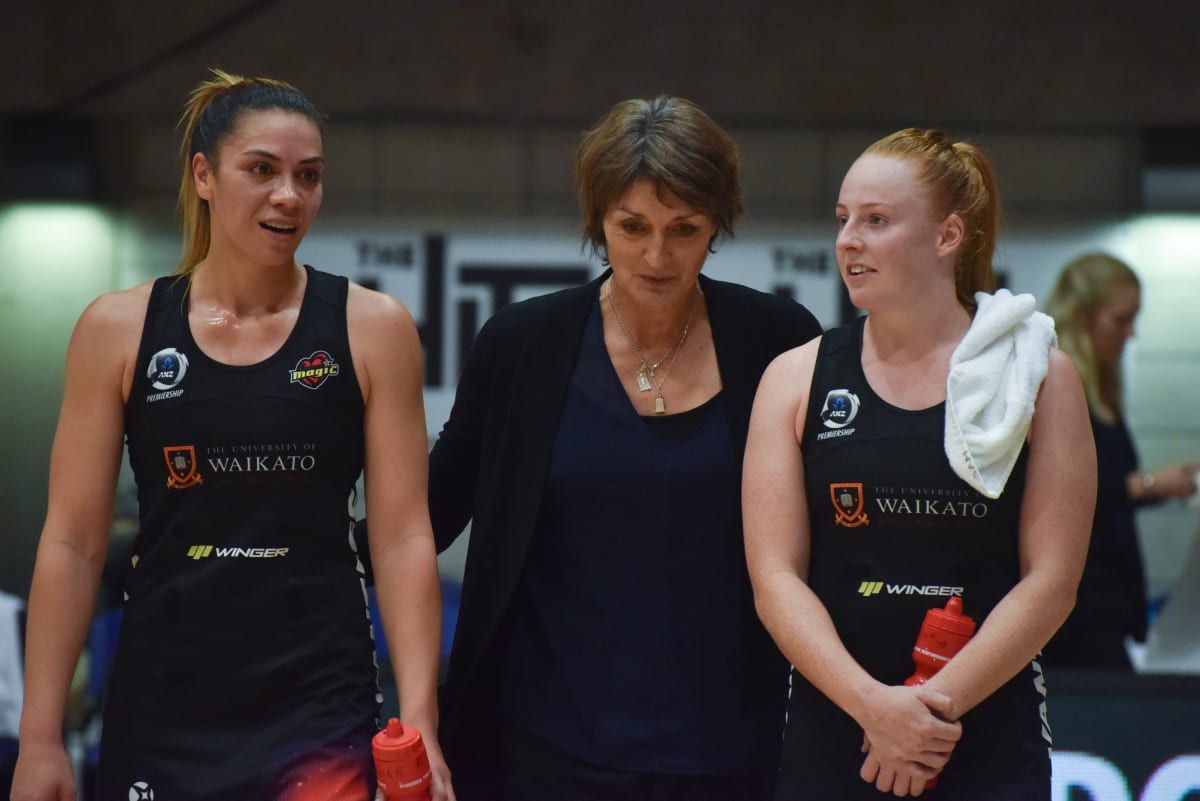
That caring attitude continued through the rest of Forsyth’s life. As a coach – first at Verdettes, and later the Magic in the first two years of the ANZ Premiership, and assistant coach of the FAST5 Ferns and the NZA team – she nurtured many young talents, like rookie Silver Fern shooter Monica Falkner.
Forsyth was Jenny-May Clarkson’s first coach when the teenager moved from the small Waitomo town of Piopio to Hamilton. A coach who saw the potential in the future Silver Fern when Clarkson herself did not.
“She was fierce and direct, but also soft and generous,” says Clarkson (nee Coffin). “She was a coach, mentor, counsellor, surrogate mum and my friend. I’m so grateful for her love, guidance and wisdom.”
Forsyth was also the inspiration for another future Silver Fern, Louisa Wall. Like Forsyth, Wall first made the New Zealand team when she was a 17-year-old high school student.
Wall had wanted to be a Silver Fern ever since she watched the New Zealand team win the 1987 world championship title in Glasgow – and one player stood out.
“I watched Margaret on television at those world championships, and she was so cool and calm – shooting goals and never getting flustered – and she glided across the court,” Wall, now a Labour MP, says. “That was an amazing team, but she was the biggest star of them all.”
When she was first selected for the Ferns in 1989, Wall told a newspaper that Forsyth was her idol. “After Marg read the story, she sent me a beautiful note about how touched she was that she’d influenced me and wished me all the best. She took the time to make that human-to-human contact, which was so special to me.”
When Wall left home in Taupō to play netball in Hamilton, Forsyth was one of her new coaches. “I was living the dream. The only thing I missed out on was playing with her,” she says.
“She contributed for so long at so many levels. She helped to shape Waikato netball and the Waikato community. A lot of people will really miss her.”
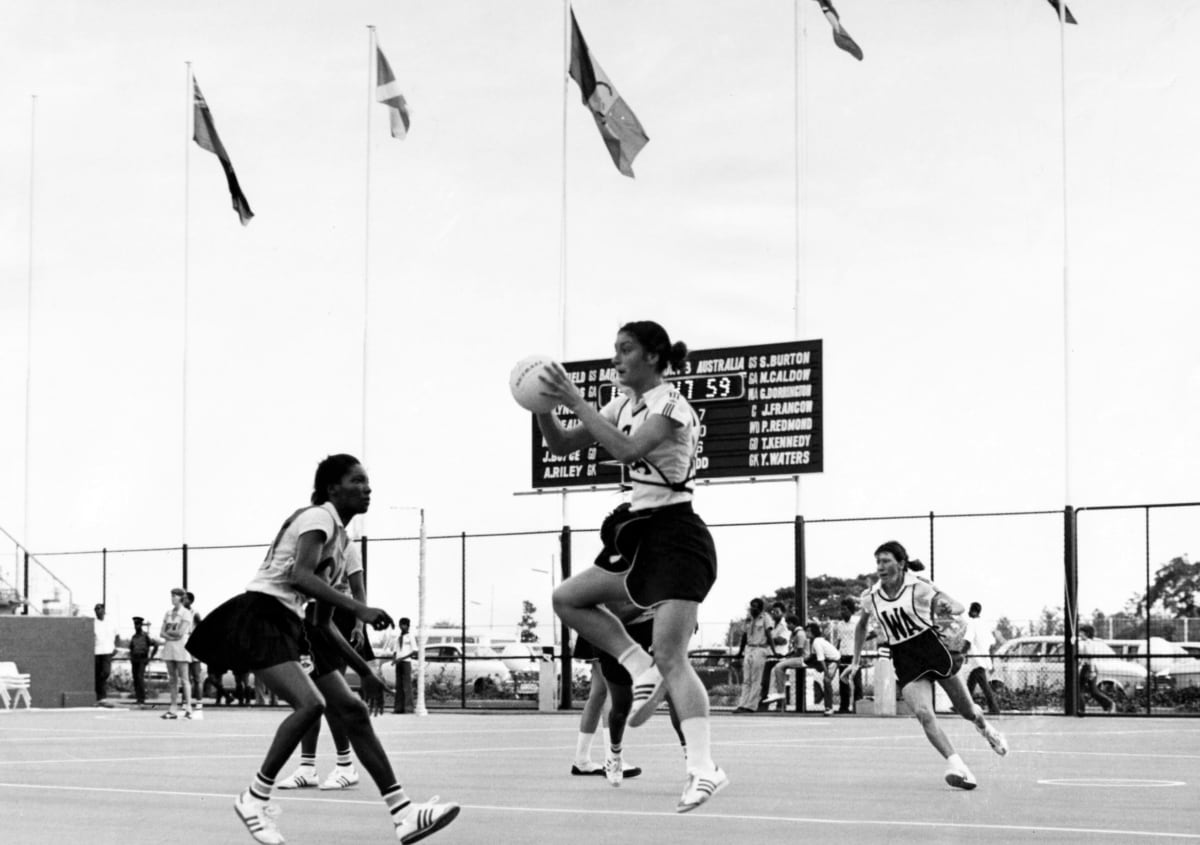
Forsyth, of Ngāti Kahungunu ki Wairoa descent, was a record-setter. As a seventh former at Hillcrest High School in Hamilton, she was chosen to play at the 1979 netball world tournament – the year New Zealand shared the world champions title with Australia and hosts Trinidad & Tobago.
She remains the youngest Silver Fern, at 17, to play at a Netball World Cup, and one of only three Silver Ferns to have won it twice.
And in a little-known fact, Forsyth has been the reigning New Zealand pentathlon champion for the past 40 years. The season she won the national title – 1980-81 – was the last before the five-discipline event was changed to seven and became the heptathlon.
“Everyone could see Marg’s pure athleticism, skill and grace,” says Fear. “But what I absolutely loved was her relentless competitiveness.
“No-one committed themselves to being the best player [more] than she did. She set the benchmark for work ethic and training. In both Waikato and New Zealand netball, she lifted up the players around her.
“She could jump higher, run faster and run further than me. To train and play against her on a daily basis helped my netball career so much.”
But Forsyth was also funny, bringing humour to lighten the most stressful moments in a team. “She always had a side-kick too – in the Silver Ferns it was Yvonne Willering, then Karen Henricksen and Joan Hodson,” Fear says.
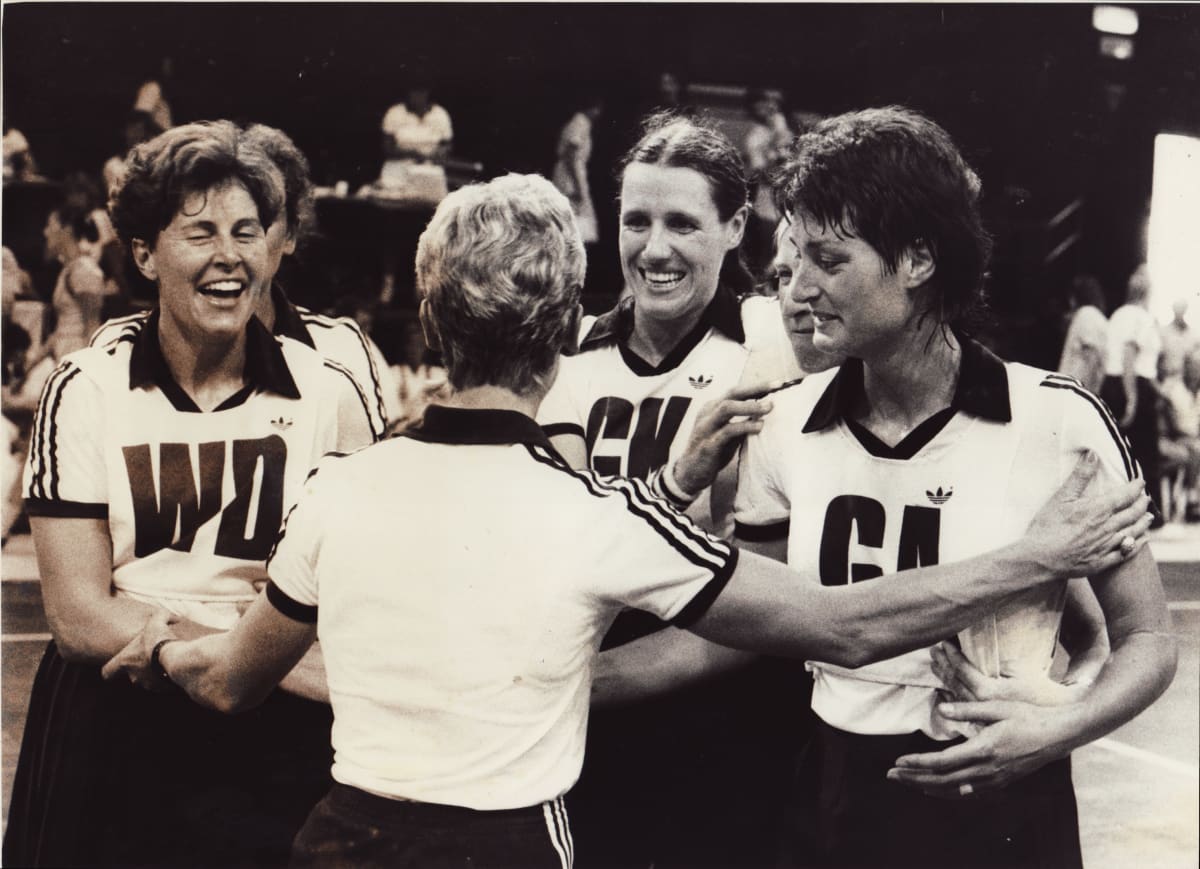
Forsyth wasn’t one to look back on her glory days. In a story in Newsroom in 2017, she talked about one of the Magic players she was coaching finding a photo in a “dusty old netball book” of Forsyth in full flight.
“She posted it on our team Facebook page, and it was a great source of humour and enjoyment for the team. Yes, that’s what we used to wear back in those days!” Forsyth laughed. “But I think it’s important that we get on with our jobs, and don’t dwell in the past.”
Forsyth was never afraid to try something new. She worked as a primary school and PE teacher before serving five years as a front-line community police officer, where she volunteered to take disadvantaged kids for a week at a youth camp.
She then put her hand up for local body politics and was in her third term as a Hamilton City Councillor.
“She was strong in her opinions and her beliefs and wasn’t afraid to get up and articulate that,” Louisa Wall says.
Her ‘big picture’ philosophy was reflected in the work she did to improve the city. She was involved in the creation of Hamilton’s Biking Plan and was a major driver behind the destination playground project, that’s introduced five new playgrounds throughout the city. She was chairing the council’s environment committee before she went on sick leave last month.
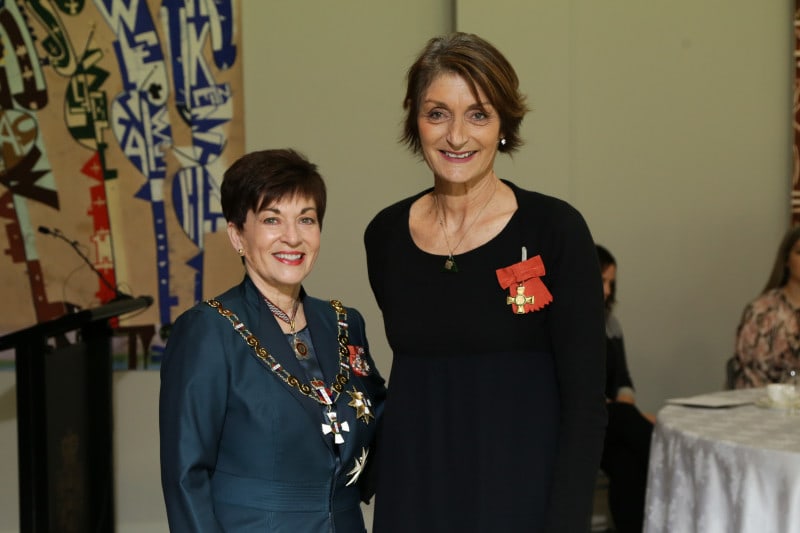
In last year’s Queen’s Birthday Honours, Forsyth was made an Officer of the New Zealand Order of Merit for her services to netball and the community – receiving her honour on the same day Silver Ferns coach Noeline Taurua became a dame. She was nominated by her brother and sons.
Forsyth’s husband, Hamilton lawyer Brian Nabbs, passed away from cancer in January last year. She was diagnosed with cancer that same year.
She leaves behind three adult sons – Thomas, Jonathan and Lucien – and her first grandchild, Rosie-Rae, whom she adored.
“A lot of people know Margaret the brilliant player,” says Fear. “But some of us knew the amazing person, too, and have had their lives blessed by knowing her.”




